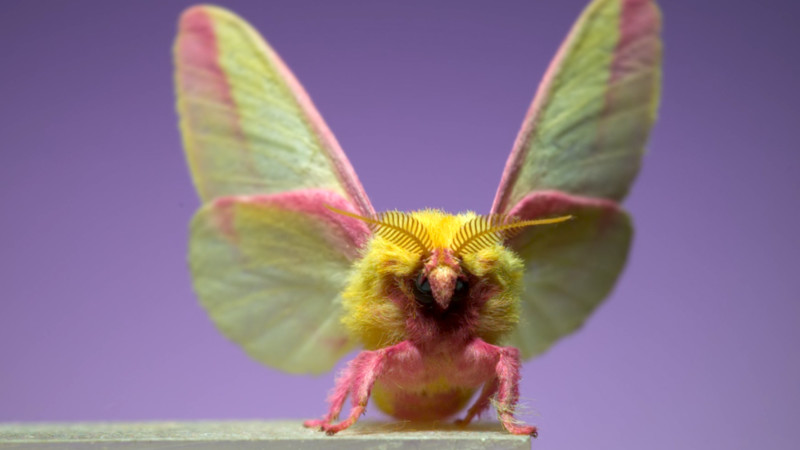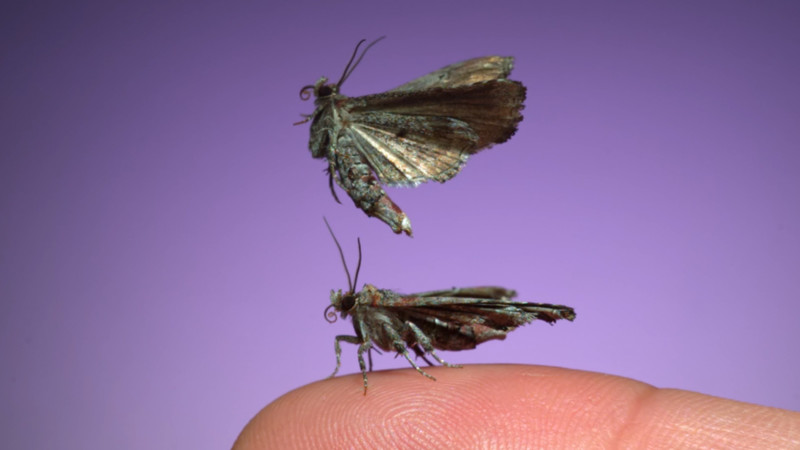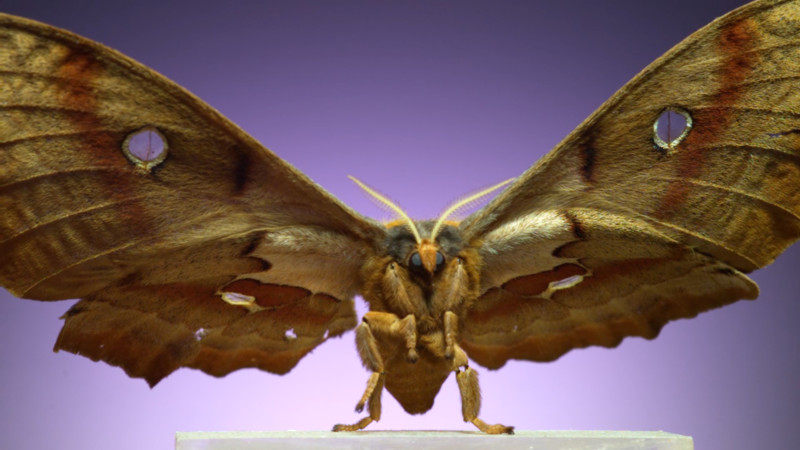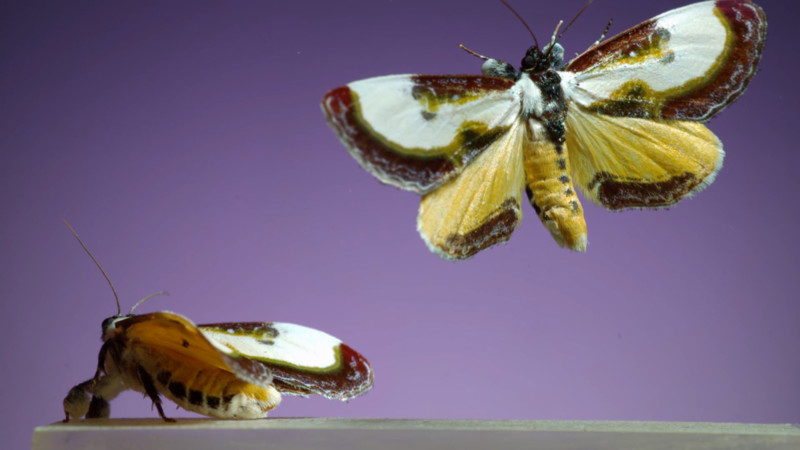Dr. Adrian Smith regularly publishes unique looks at insects using high-speed cameras. In his latest video, Dr. Smith focuses his lens on seven stunningly beautiful species of moths and captures their movements at a blistering 6,000 frames per second.
Dr. Smith has published several videos in the past that use slow motion to reveal unusual movements by some of nature’s tiniest creatures. He has published two separate videos that show what different insects look like as they take off, either by jumping or flying (or some combination of the two) as well as a video that features the fastest front-flipping insect and another that required shooting at 73,000 frames per second in order to reveal what exactly what taking place.
Compared to those previous videos, 6,000 frames per second might not seem like that much, but it is more than enough to reveal the subtle movements of the different moth species (from their wings to the smallest changes to other parts of their bodies). When combined with Dr. Smith’s voice and a soothing musical backdrop, the result is a fascinating set of clips that is as informative as it is calming.
“I think all of science boils down to trying to do things in order to see and appreciate the world in a new way. Most of the time, that means doing experiments, gathering data, or adjusting hypotheses,” Dr. Smith says. “But sometimes, I think the most useful thing I can do as a scientist is to point the fancy science cameras at some moths flapping their wings in front of a purple backdrop.”

When slowed to such an extent, an action that would normally blip by the human eye can be carefully examined. The plump little maple moth seems to almost wobble with an air of uncertainty, something that would not have been visible without the help of modern high-speed cameras.
The video contains seven different species of moths whose patterns and movements can be closely examined: the rosy maple moth (dryocampa rubicunda), the polyphemus moth (antheraea polyphemus), a dark marathyssa (marathyssa inficita), a Virginian tiger moth (spilpsoma virginica), a beautiful wood-nymph (Eudryas grata), the white-dotted prominent (nadata gibbosa), and a blinded sphinx (paonias exaecata).



“I mean, whose day isn’t going to be better after watching a pink and yellow rosy maple moth fly in super slow motion?”
In speaking with PetaPixel, Dr. Smith says that this collection of moths shot with this high frame rate isn’t something he thinks exists elsewhere, which makes it a rare treat that he is happy to share with those interested to learn more about the insects of the world.
For more from Dr. Adrian Smith, make sure to subscribe to his Ant Lab YouTube Channel.
Image credits: Photo by Dr. Adrian Smith and used with permission.